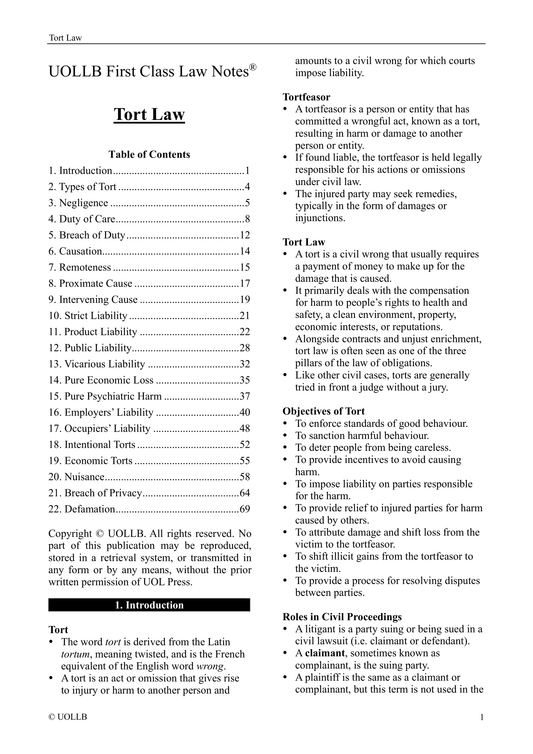What Is Unconscionability?
Share
Unconscionability in contract law refers to a situation where the terms of a contract or the circumstances under which it was formed are so unfair or oppressive to one of the parties that they shock the conscience of the court. This legal doctrine is used to prevent the enforcement of agreements that are deemed fundamentally unjust, ensuring that contracts are not only legally binding but also equitable and fair.
The doctrine of unconscionability serves as a defence against the enforcement of a contract or specific terms within a contract. It is grounded in the principles of fairness and equity, aiming to protect parties from exploitation and abuse in contractual relationships. When a court finds a contract to be unconscionable, it has the discretion to refuse to enforce the offending terms or even the entire agreement. This doctrine ensures that the power dynamics between contracting parties are balanced and that no party is unduly disadvantaged. There are two primary types of unconscionability recognized in contract law: procedural unconscionability and substantive unconscionability.
Procedural Unconscionability
Procedural unconscionability focuses on the process by which the contract was formed. It examines the circumstances surrounding the negotiation and execution of the contract to determine whether one party was unfairly disadvantaged. Key factors considered include:
- Bargaining power imbalance: If one party has significantly more power or influence over the other, this can lead to an unfair contract formation process. For example, a large corporation negotiating with an individual consumer might create a power imbalance.
- Lack of understanding: Situations where one party did not fully understand the terms of the contract due to complex legal language, technical jargon, or lack of education. This can include instances where important details were obscured or not properly explained.
- High-pressure tactics: The use of aggressive sales techniques or undue pressure to compel agreement. For instance, a salesperson pressuring a consumer to sign a contract on the spot without giving them time to review the terms.
- Misrepresentation or deception: Instances where one party misrepresents or omits significant facts, leading the other party to enter the contract based on false or incomplete information.
Substantive Unconscionability
Substantive unconscionability deals with the actual terms of the contract. It examines whether the terms themselves are overly harsh, one-sided, or oppressive. Factors considered include:
- Excessively harsh terms: Provisions that impose severe penalties or excessively high interest rates that are disproportionate to the breach or the nature of the agreement. For example, a contract clause that demands an exorbitant fee for a minor breach.
- One-sidedness: Terms that heavily favor one party over the other, creating an imbalance in the contractual obligations and benefits. For instance, a lease agreement that places all repair responsibilities on the tenant, regardless of fault.
- Lack of mutuality: Clauses that bind one party significantly more than the other, indicating a lack of reciprocal obligations. For example, a contract that allows one party to terminate the agreement at will, while the other party is bound for a fixed term.
Unconscionability is assessed by courts on a case-by-case basis, considering both procedural and substantive elements. When a court finds that a contract or specific terms within it are unconscionable, several remedies are available to address the unfairness:
- Rescission: This remedy involves canceling the contract and restoring the parties to their positions before the agreement was made. Rescission is appropriate when the contract is fundamentally flawed and cannot be rectified.
- Reformation: If only certain terms of the contract are unconscionable, the court may reform the contract by modifying the offending terms while keeping the rest of the agreement intact. This ensures that the contract can still be enforced in a fair manner.
- Refusal to Enforce Specific Terms: The court may choose to strike out or refuse to enforce the unconscionable terms while allowing the remainder of the contract to stand. This remedy is often used when specific clauses are deemed unfair, but the overall contract can still function without them.
- Damages: In some cases, the court may award damages to the disadvantaged party to compensate for any losses suffered due to the unconscionable terms. This remedy aims to provide financial compensation for harm incurred.
Unconscionability is a critical doctrine that ensures contracts are fair and just. This doctrine protects parties from exploitation and maintains the integrity of the contractual system, It helps balance the power dynamics in contractual relationships, preventing abuses and ensuring that agreements are not only legally binding but also equitable and reasonable.




























































